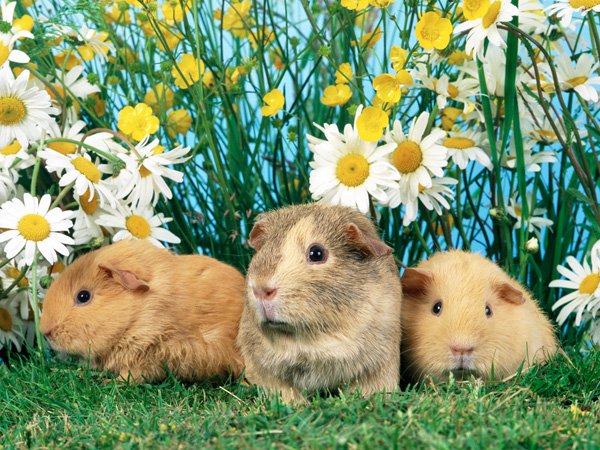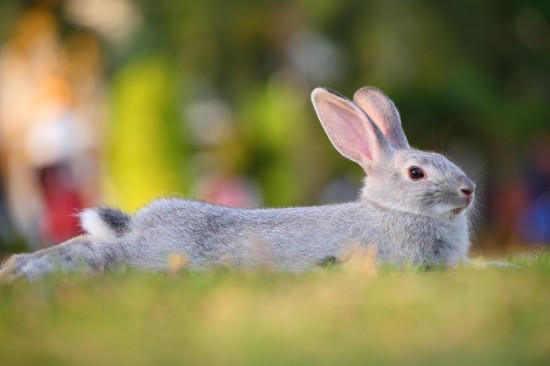
The beekeeping hive is an essential part of beekeeping. A natural bee hive created by bees can generally be found in trees. However, as a beekeeper, you will need an artificial bee hive. In fact, with the many different pesticides found in society today that are harmful to bees, an artificial can be a much better alternative for the bee. The artificial is similar to the natural bee hive in that it has cavities.
Deciding to Construct or Purchase a Bee Hive
Constructing a bee hive is not a difficult task. When you make your own, it can be constructed to your specific needs. There are many different plans available on the Internet that will give you step by step instructions on how to make them.
If you are not interested in making your own, you can buy online or from a local beekeeper. It is important to purchase the right kind that will serve your purpose for beekeeping. Generally, people become beekeepers for the honey and interest in how bees survive. It is also imperative that you purchase new equipment to prevent the spread of disease.
Understanding the Natural Bee Hive
In order to understand what type of artificial bee hive you will want, it is important to understand the role of the natural bee hive. Different types of bees prefer different types of hives. The genus Apis bees make nests themselves or will use other sources, such as:
-Hollow trees
-Rock cavities
-Cave cavities
-Other natural formations
Other bees will live in aerial combs that are made of honeycombs that are parallel to each other. These types of nests have only one entry point and are guarded by the bees. They store honey in the upper portion of the comb. The lower cavities of the combs are used to store pollen.
Different Types of Artificial Bee Hives
- Mud and Clay Bee Hive - This type was more traditional years ago in Egypt, Italy, the Middle East, and Greece. They are long, cylindrical structures made of dung, straw, and unbaked mud. They are generally stacked on top of each other to allow shade for the bees that like to live in the lower parts of the hive. Clay and mud hives are not as common today.
- Top-Bar Bee Hive - This is an alternative to the more costly and complicated. It is a simple concept and very easy to make. The idea behind this type of hive is that there is no foundation. A top-bar is used without a bottom or side. The bees make the combs where they hang from the top-bar.
- Skep Bee Hive - These are simply baskets made from straw or coils of dried grass. The concept is the same as a natural hive in that there is one entrance at the base and is hollow inside. The bees make their own honeycomb. Many beekeepers will use a basket woven on top that is connected to the main skep, so they can extract honey without harming the bees or the honeycomb.
- Warre Bee Hive - This type of hive was created by Abbe Emil Warre. They are made from boxes lined up vertically. The top bars support the comb. This type of bee hive is common among those taking on beekeeping as a hobby.
- Langstroth Bee Hive - This is the most common hive. It was invented by Rev. Lorenzo Langstroth in 1860 and still serves its purpose today. These hives are made out of wood or plastic crates. They are glued closely together and filled with wax combs. The combs are arranged where a narrow passage is created for the bees to pass through. These hives are interchangeable. This makes it ideal for beekeepers, as they can change the size of the hives.
While there are many different types of beekeeping hives, the Warre and Langstroth bee hives are the most common today.
Learn more about the bee hive and beekeping from our free beekeeping guide from BeekeepingStarterGuide.com
 How To Make Sure A Sphinx Cat’s Skin Stays Healthy
How To Make Sure A Sphinx Cat’s Skin Stays Healthy
 Why Is My Dog / Cat Drinking More?
Why Is My Dog / Cat Drinking More?
 How To Choose A Dog Walker
How To Choose A Dog Walker
 More Information On Canine Infectious Respiratory Disease (kennel Cough)
More Information On Canine Infectious Respiratory Disease (kennel Cough)
 Search and locate a safe place for the pet when you are away
Search and locate a safe place for the pet when you are away
 The Role Of Breed Clubs In The Improvement Of Pedigree Dog Breeds
The Role Of Breed Clubs In The Improvement Of Pedigree Dog Breeds
 Problem Solving The Behaviour Of A Dog That Urinates Inside After Going Out
Problem Solving T
Problem Solving The Behaviour Of A Dog That Urinates Inside After Going Out
Problem Solving T
 Ten Common Dog Food Ingredients Explained
Ten Common Dog Fo
Ten Common Dog Food Ingredients Explained
Ten Common Dog Fo
 Five Of The Worst Reasons For Considering Getting A Dog
Five Of The Worst
Five Of The Worst Reasons For Considering Getting A Dog
Five Of The Worst
 Is Your Cat Bored? Eleven Tips To Keep Your Cat Entertained!
Is Your Cat Bored
Is Your Cat Bored? Eleven Tips To Keep Your Cat Entertained!
Is Your Cat Bored
 Caring For Your Rabbit During The Summer
Caring For Your R
Caring For Your Rabbit During The Summer
Caring For Your R
Copyright © 2005-2016 Pet Information All Rights Reserved
Contact us: www162date@outlook.com